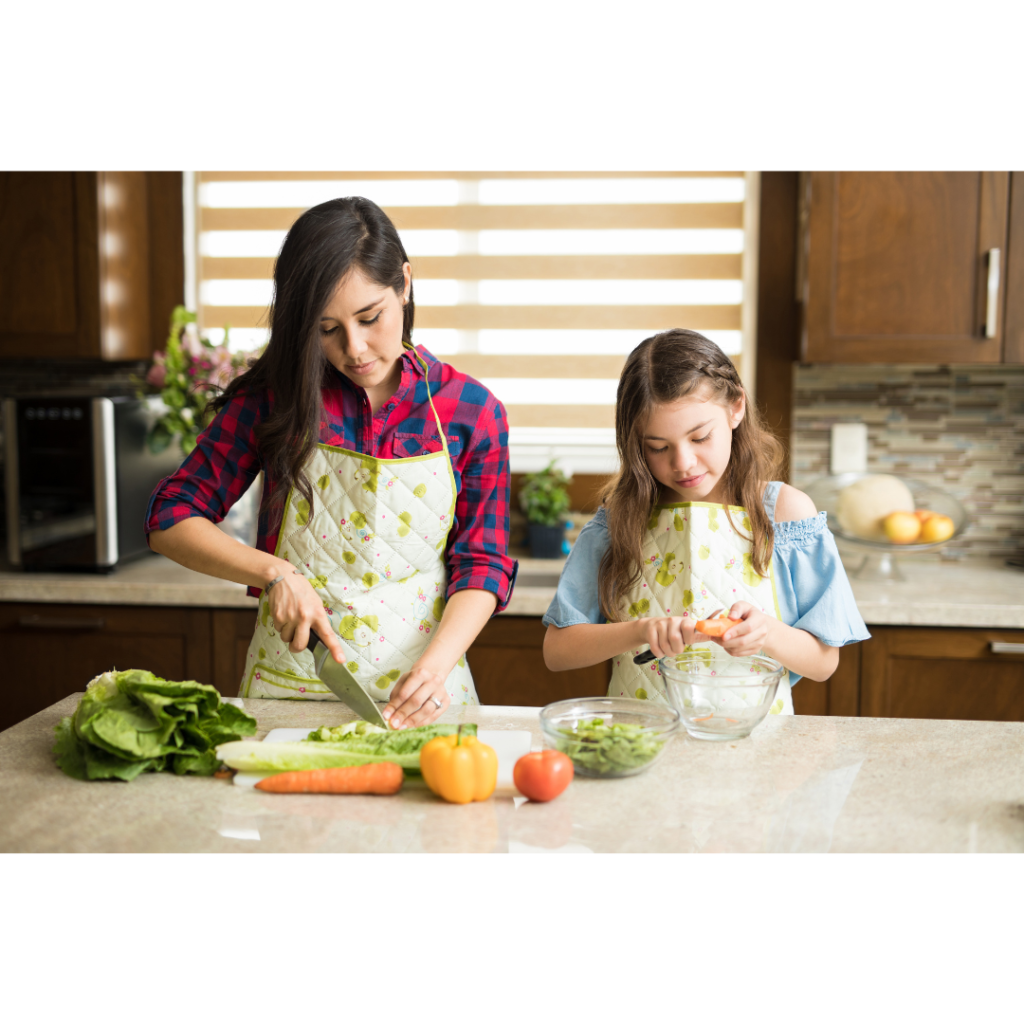In today’s fast-paced world, where convenience often overshadows quality, the eating habits of children have become a silent crisis. Processed foods, packed with chemicals and harmful ingredients, have taken over many households. Popular cereals like Cheerios, sugary juices, and easy-to-prepare meals like mac and cheese are often labeled as “organic” or “healthy.” But these labels can be misleading, tricking well-meaning parents into believing they’re making good choices for their children. The truth? These foods are often far from nutritious.
Understanding the Impact of Processed Foods on Children’s Health
According to the Centers for Disease Control and Prevention (CDC), childhood obesity rates have more than tripled in the past 30 years. This alarming trend isn’t just about weight; it’s about the overall health and well-being of our children. Processed foods, with their high sugar content and lack of essential
nutrients, contribute to a range of health issues, including obesity, diabetes, cognitive delays, and behavioral problems.
Imagine a child who grows up without ever learning to enjoy the taste of fresh vegetables, whose palate has been shaped by the overwhelming flavors of
processed foods. This child may develop allergies, asthma, and other health issues that stem from poor nutrition. And yet, many parents continue to serve these foods, often out of convenience or because they’ve been misled by marketing tactics. The American Academy of Pediatrics has warned that diets high in processed foods and low in fresh fruits and vegetables can impair brain function and contribute to behavioral issues.

The Role of Parental Choices in Shaping Healthy Eating Habits
As parents, we have the power to shape our children’s futures through the choices we make every day. Unfortunately, some parents, overwhelmed by the demands of modern life, resort to quick fixes like fast food or processed meals. Others, perhaps out of laziness or a desire to avoid conflict, allow their children to eat whatever they want, even if it’s detrimental to their health.
But let’s be clear: the best way to show love to our children is not through quick meals that satisfy immediate hunger, but through nourishing food that supports their growth and development. I understand the challenges—I’ve been there. Working long hours, juggling multiple responsibilities, and still ensuring that my children had homemade meals was not easy. But it was worth it. I knew that by prioritizing their nutrition, I was giving them the best start in life.

Why Cooking at Home is the Ultimate Act of Love
Cooking at home is more than just a way to feed your family; it’s a profound act of love. When we take the time to prepare meals, we’re doing more than just putting food on the table—we’re teaching our children life skills, showing them how to care for their bodies, and demonstrating that their health is worth the time and effort.
It’s about more than just feeding kids—it’s about shaping their future. A child who grows up eating home-cooked meals is more likely to develop healthy eating habits that last a lifetime. They learn to appreciate the taste of whole, nutritious foods, and they carry these habits into adulthood. Studies have shown that children who regularly eat home-cooked meals are less likely to be overweight and more likely to have a healthy diet in adulthood.
Practical Tips and Solutions for Busy Parents
To help you make healthier choices for your family, here are some practical tips:
- Start Small, But Start Today
- Tip: Begin by replacing one processed meal a day with a home-cooked option. It doesn’t have to be elaborate—simple meals can be just as nutritious.
- Involve Kids in Meal Prep
- Tip: Encourage your children to participate in cooking. It’s a fun way to teach them about nutrition and get them excited about healthy foods.
- Offer a Variety of Vegetables
- Tip: Introduce new vegetables regularly and prepare them in different ways. Roasting, steaming, or blending them into soups can make them more appealing.
- Lead by Example
- Tip: Children are more likely to eat healthy if they see their parents doing the same. Make it a family commitment to eat nutritious meals together.
- Limit Processed Foods
Tip: Gradually reduce the amount of processed foods in your home and replace them with whole, unprocessed options like fruits, vegetables, whole grains, and lean proteins.

Incorporating Healthy Eating Habits into Busy Lifestyles
We all know that life can get hectic, but making time for healthy eating is crucial. Here are some strategies to help:
- Meal Planning: Take some time each week to plan your meals. This not only saves time but also ensures that you have all the ingredients you need for healthy cooking.
- Batch Cooking: Prepare large quantities of meals on weekends or during your free time, so you have healthy options ready to go during the week.
- Healthy Snacking: Stock your pantry with healthy snacks like nuts, fruits, and yogurt to avoid the temptation of grabbing processed foods.

Why Love Starts in the Kitchen
At the end of the day, love is more than just words; it’s about actions. And one of the most profound ways you can show love to your children is by ensuring they eat healthy, nutritious food. It’s not always easy, and it takes time and effort, but the rewards are worth it. When you cook at home, you’re not just preparing a meal—you’re investing in your child’s future health and well-being.
Call to Action: Start Today
Are you ready to make a change? Begin by planning your family’s meals this week. It’s a simple step that can lead to significant improvements in your children’s health. Try out these easy recipes and see how even small changes can make a big difference. Join our community of parents committed to raising healthy kids—subscribe to our newsletter for more tips and resources.



